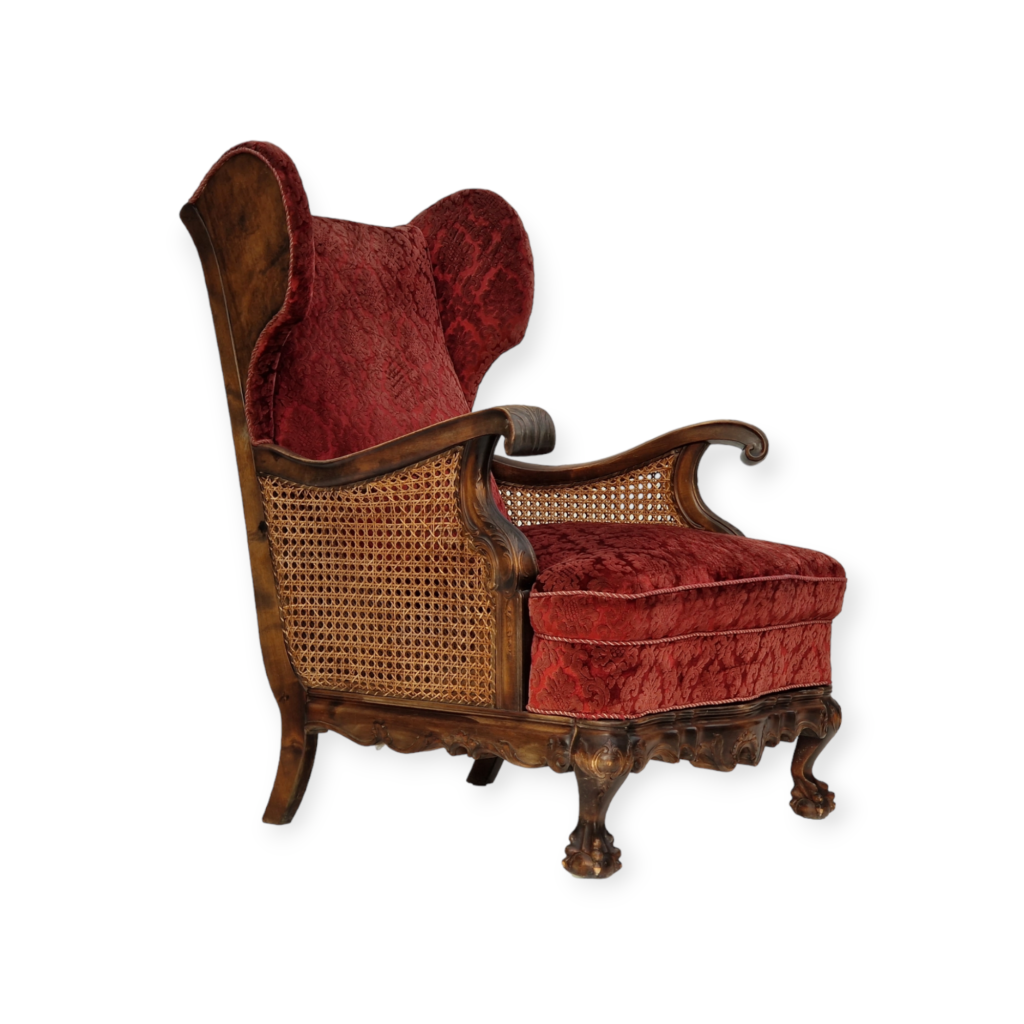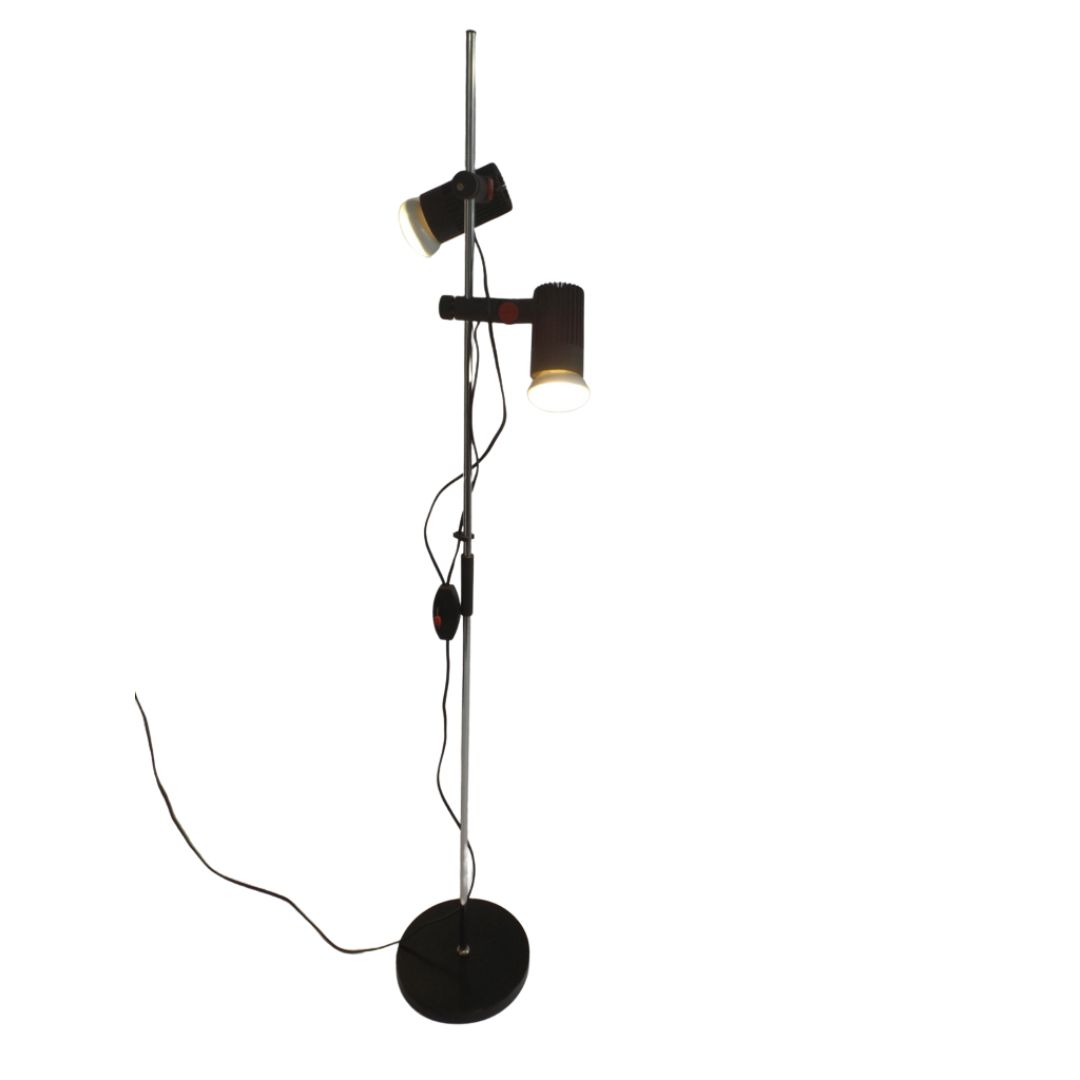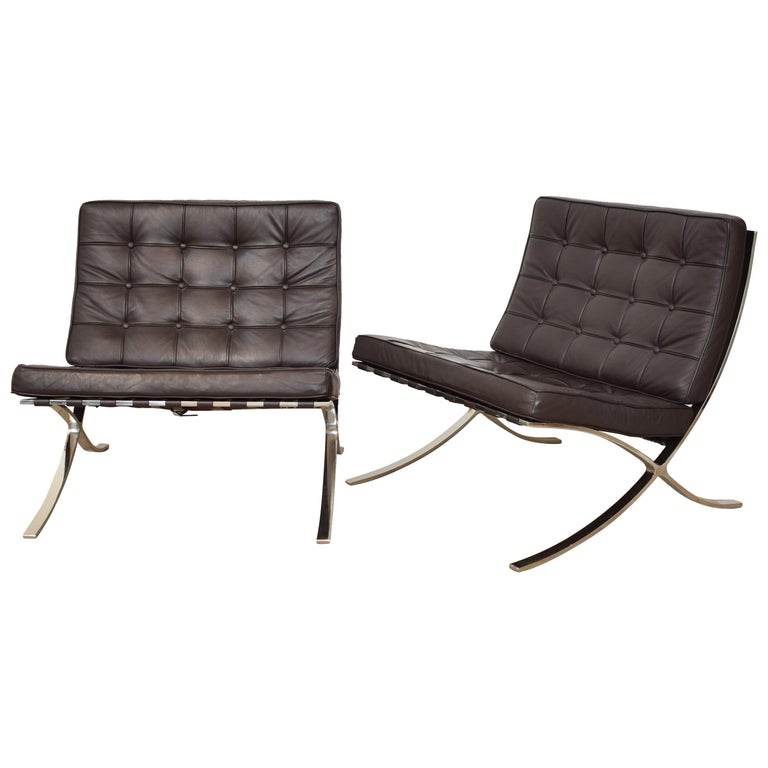Trashpicked today. Yes, it has a globby paint job, and it's in very rough condition overall. Looking to strip, sand, reglue, and lacquer. I am optimistic.
Is this the real thing, produced by Artek? I am leaning toward a yes, based on the following.
PRO:
44cm high, 35cm diameter, apparently same as the originals.
Bent legs are solid wood, not ply, with four splines in the tops to accomodate the bend (see photos)
Photos of other originals seen online also have the small hole at center of seat underneath
CON:
No veneer edging; hardwood joints in seat visible on edge.
Eager to hear other opinions. Photos attached. Thanks all.
 <img class="wpforo-default-imag
<img class="wpforo-default-imag
Thanks @desmoulins. Glad to have a second opinion. Best garbage-pile find of the day! It got rained on a little, too--I grabbed it just before it got soaked.
@leifericson: Legs are solid wood for most of their length, with thin plies inserted at tops, as seen in video here:
http://www.designboom.com/design/artek-vitra-the-making-of-the-patented-...
Apparently the number of plies has varied over the years, as manufacturing methods have been altered.
I didn't know and have never noticed that the number of leg bend inserts changed over the years. I have a stack of 10 Aalto stools here which I'm sure cover every decade of manufacture since the 1930s right up to 2006. If watching the Tour de france gets momentarily boring this week I'll "count the kerfs" and report back.
Details on the number of plies in this slideshow:
https://www.google.com/culturalinstitute/exhibit/a-stool-makes-history/Q...
Excerpt here:
"The manufacturing method for the L-leg developed by Alvar Aalto and Otto Korhonen is, in principle, very simple. First a number of precise saw-cuts are made in the end of the billet of wood intended to be used as a chair or table leg. To begin with, the L-leg was bent by hand and needed a minimum of six saw-cuts.
"The bending technique developed rapidly and after the manually operated bending press was taken into use, only four saw-cuts were needed. When the manually operated bending press was replaced by high-pressure bending in the 1960s, the new bending process called for one additional saw-cut, increasing the number from four to five."
Well, if anyone wants to see it, here's the result.
The top was too wrecked to be merely relacquered--the surface had cracks that had soaked up the white latex paint, and it would have destroyed the wood if I'd tried to get it all out. So I decided that a painted top was justified, since Artek sells the 60 stool that way anyhow, and chose dark red. Legs got hand-rubbed French polish, about six coats, and I left a little of the patination in the wood. rather than sand it all down to completely fresh-looking wood.
It may not have much collector value anymore, but I think it was well past that point before I did anything here. Curious to see what the diehards have to say.
Scuff marks, imperfections and repairs to make it usable are OK like the example at the Vitra Design Museum.
Full restoration is done as a last resort on items that are in very bad to poor condition and there is the other school of thought, conservation.
It is yours and you like what you did to it, that is all that matters.
If you need any help, please contact us at – info@designaddict.com









